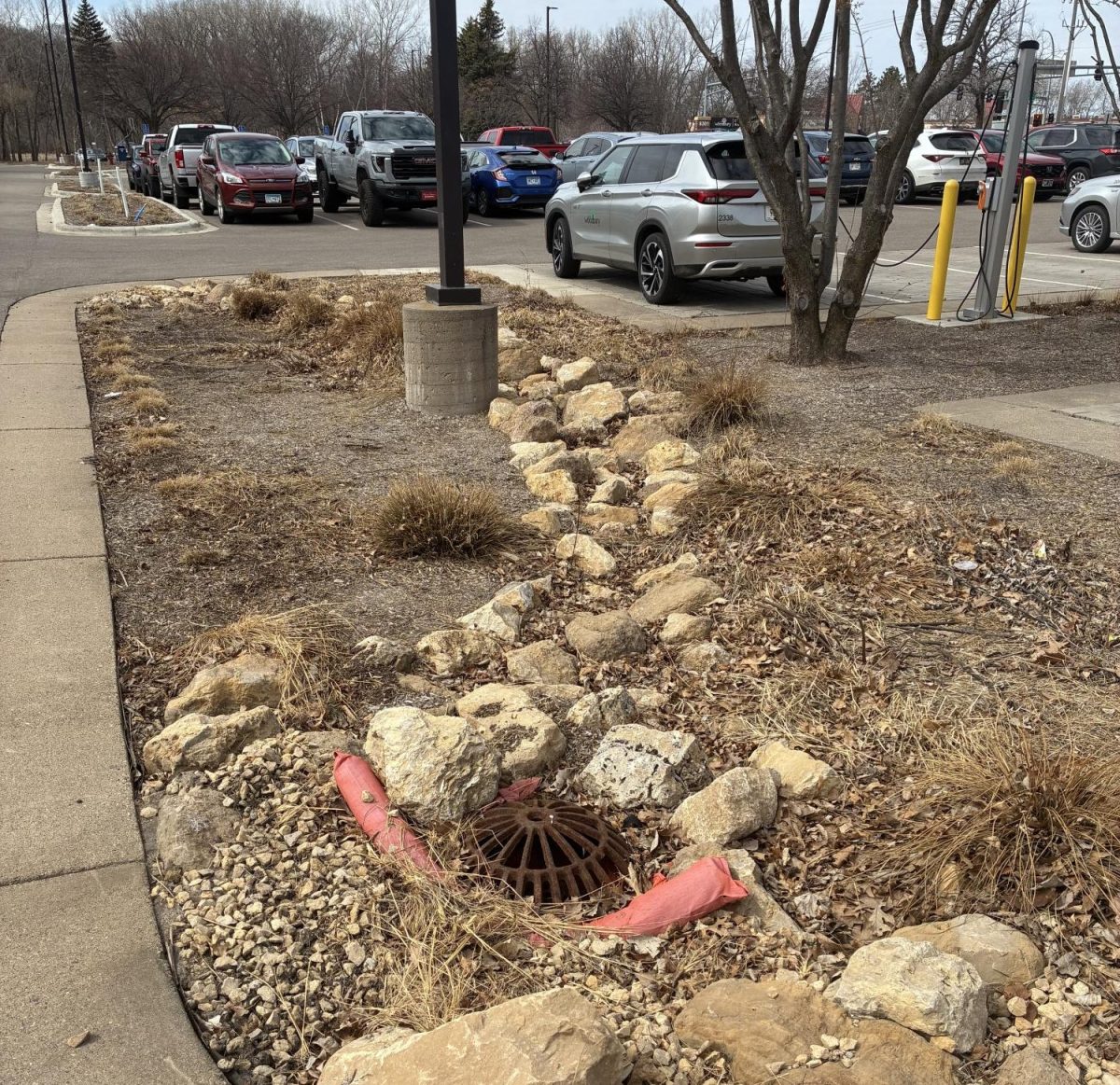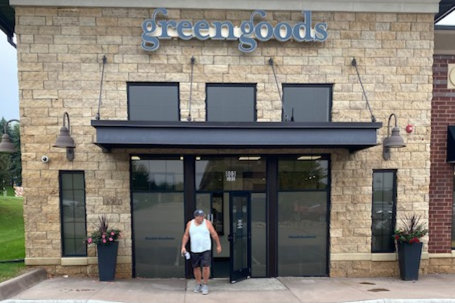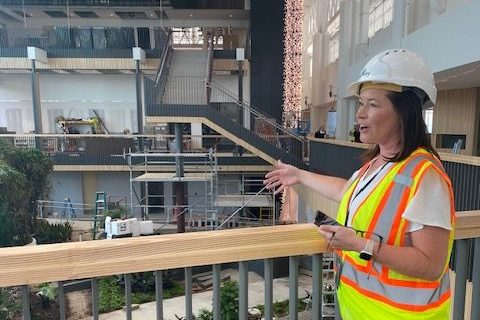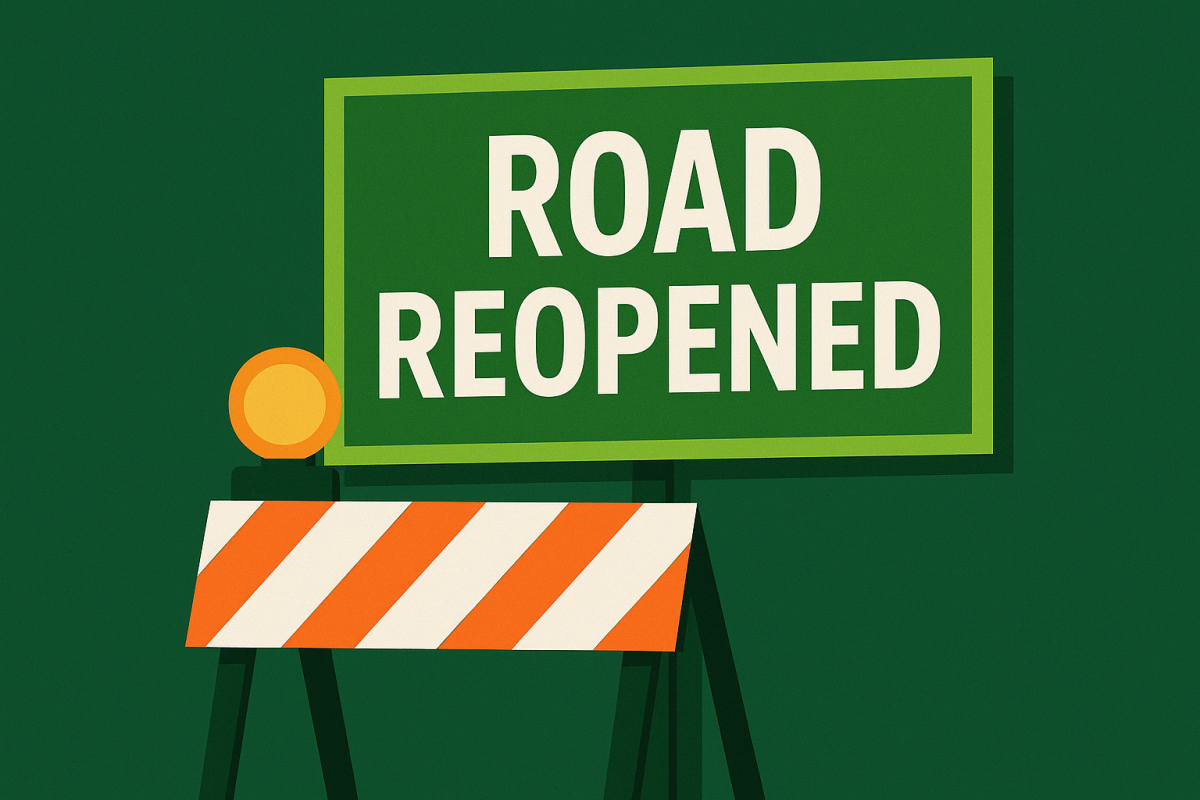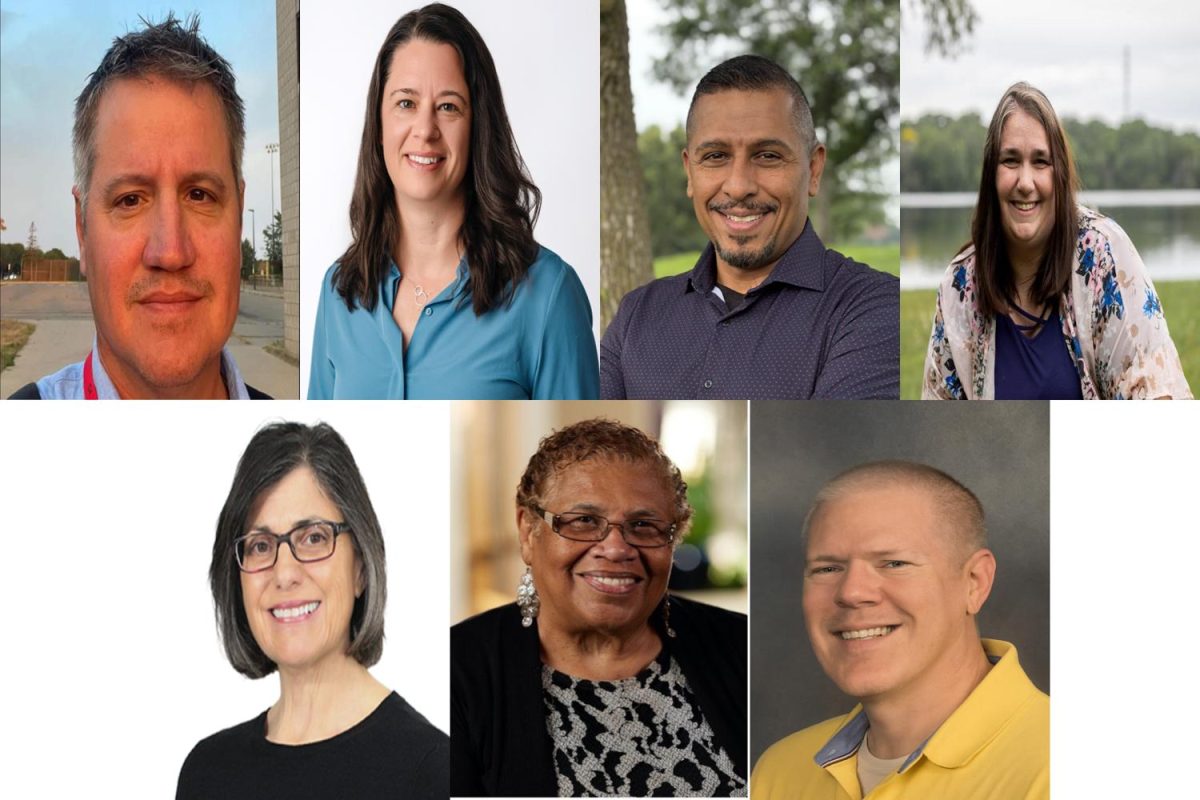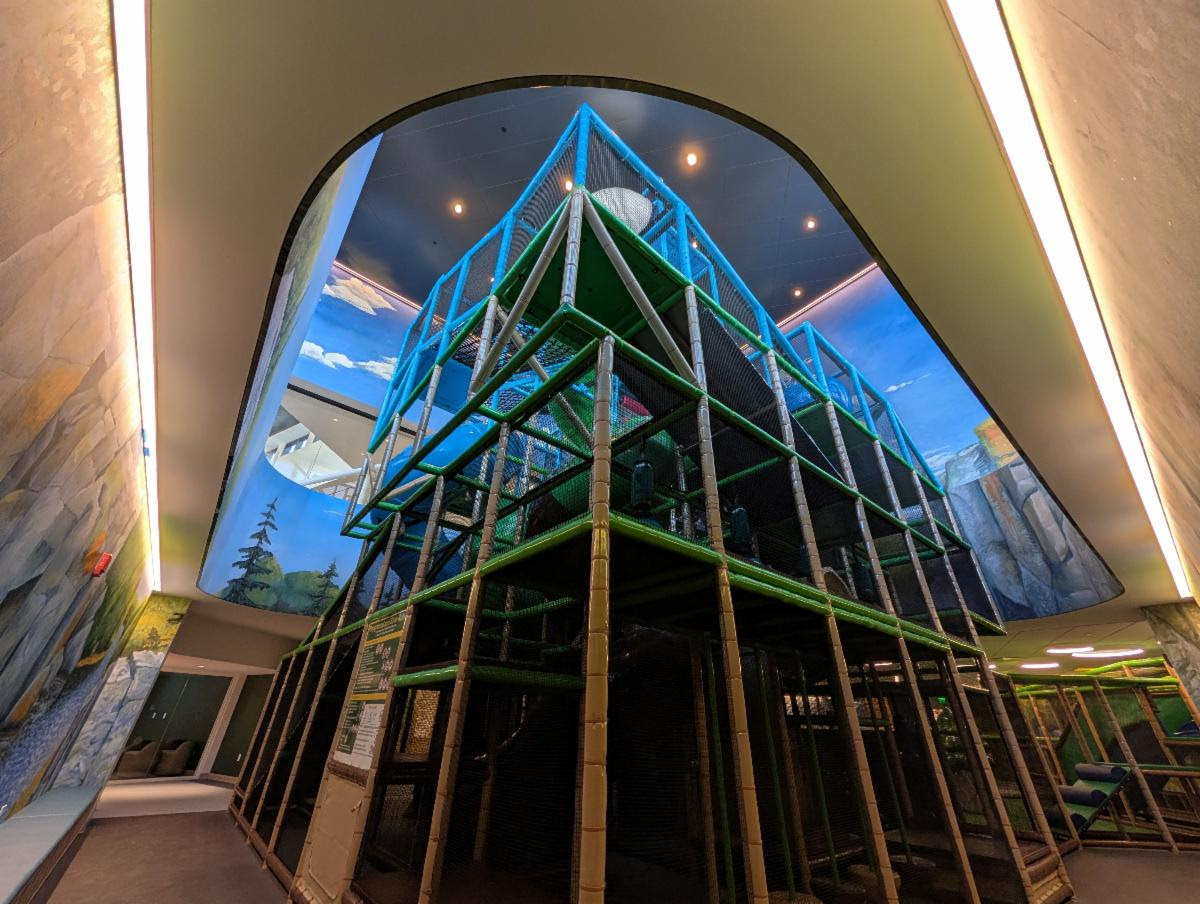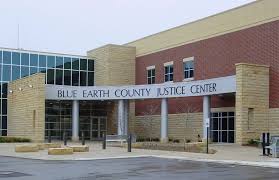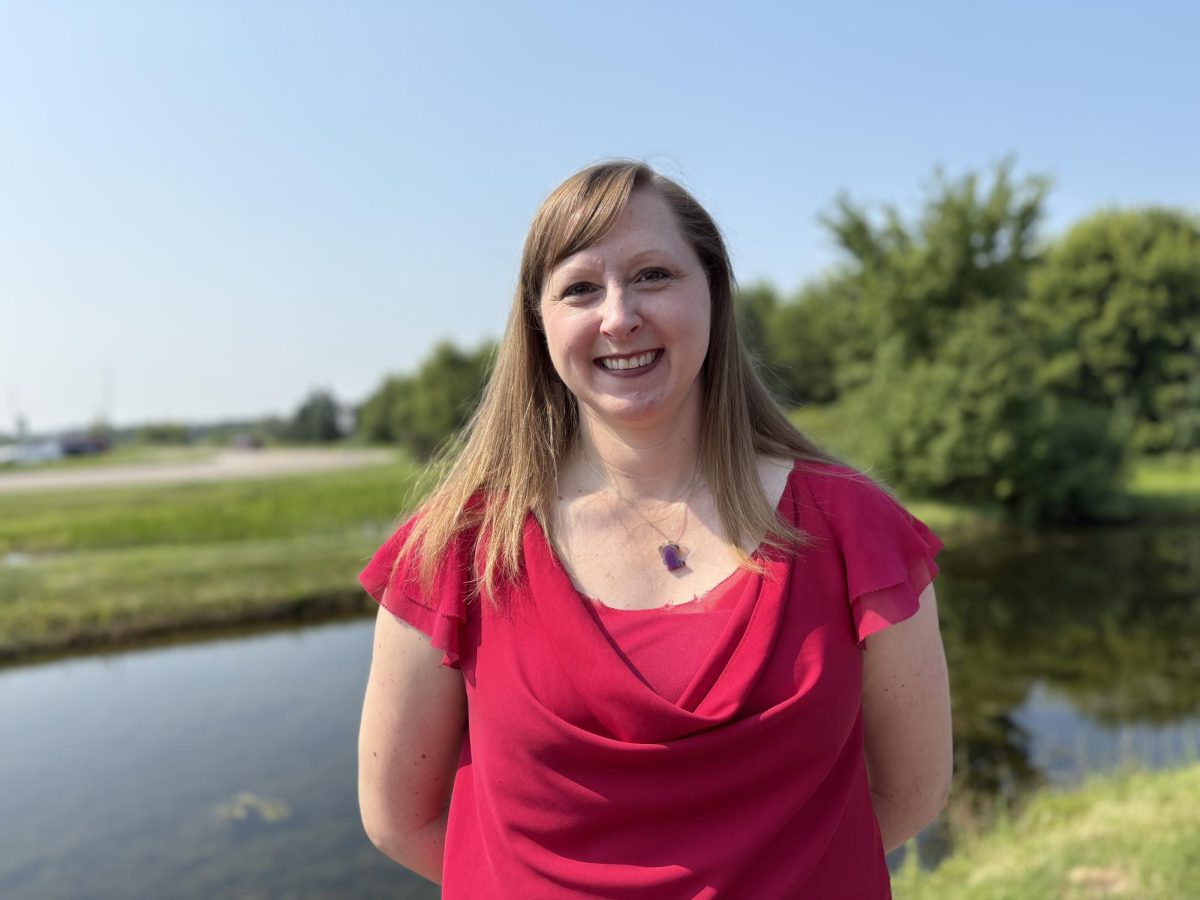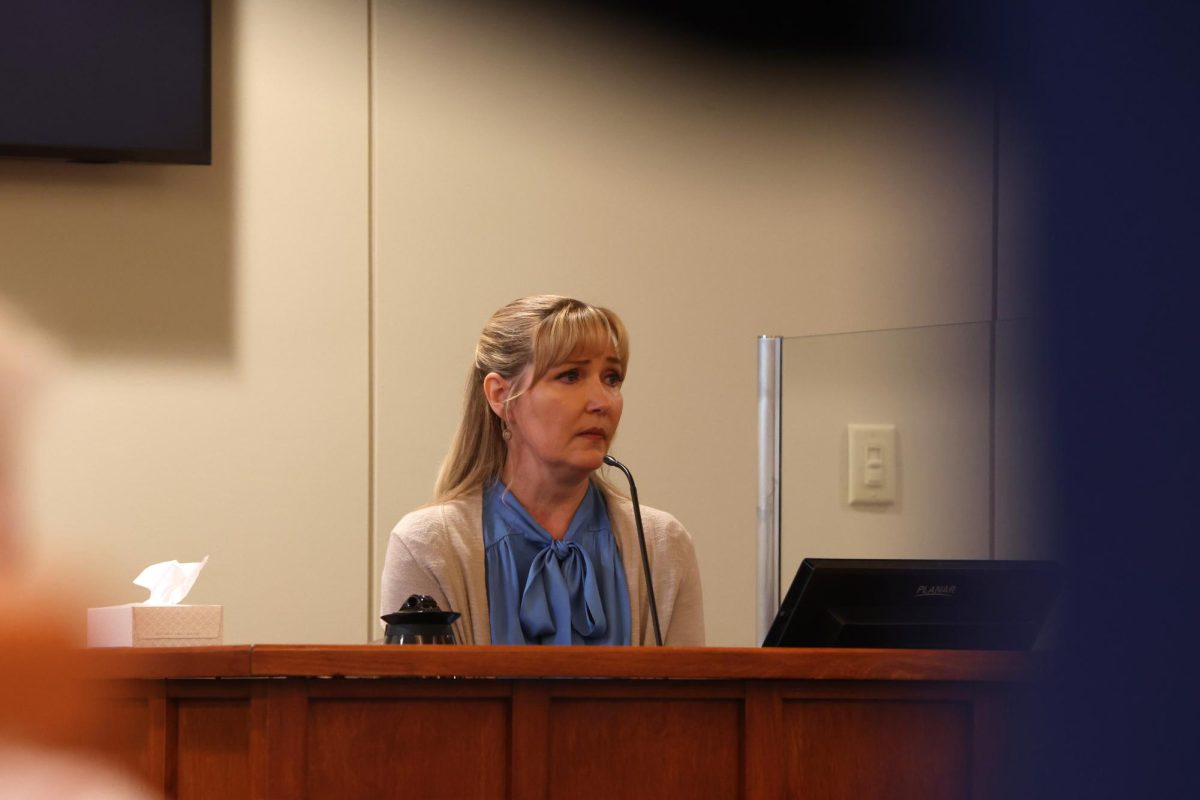WOODBURY, MN (WNN) – Woodbury may often be seen by casual visitors as a city of wide thoroughfares, large warehouses and big box stores with commensurately large parking lots, and less so as a city of green spaces, natural areas and landscaping that conserve water and energy.
But the City of Woodbury has a long track record of fostering and engaging in efforts to balance growth with protecting or improving its natural environment. Environmental stewardship and sustainability efforts began in earnest in the late 1990s and early 2000s with a couple of small groups of concerned residents, according to Jen McLoughlin, Environmental Resources Manager for the city.
Actions and interest have only grown since then. In the mid-2000s, the city formed a Sustainability Committee to go alongside the Environmental Advisory Commission. The city has been recognized as a Green Step City (hyperlink) by the Minnesota Pollution Control Agency since 2013.
In the latest community-wide survey, there was broad support among respondents for environmental stewardship and sustainability efforts: Approximately 9 in 10 respondents were very or somewhat satisfied with the City’s environmental stewardship efforts.
The city received the League of Minnesota Cities’ 2024 Sustainable City Award in September 2024.
In December 2024, the city approved and adopted the 2025-26 Environmental Stewardship Plan and its two-year roadmap. That’s at least the third iteration of the plan. Just as environmental stewardship and sustainability have become an integral part of how the city does business, so too have they become part of everyday life for many residents.
Today, thousands of residents each year actively participate in various programs and initiatives promoting environmental stewardship and sustainability (ESS), from busting buckthorn to planting rain gardens to installing more efficient flush toilets.
But why? And so what? Why is environmental stewardship and sustainability important? What does it mean for the average Woodbury resident (assuming one exists)? Can ESS save you money from your household budget? Can ESS save taxpayer dollars from city expenses? Can one person’s actions make a difference? What are the latest developments in ESS efforts?
Next week we’re beginning a series stories seeking to answer these questions and more.

